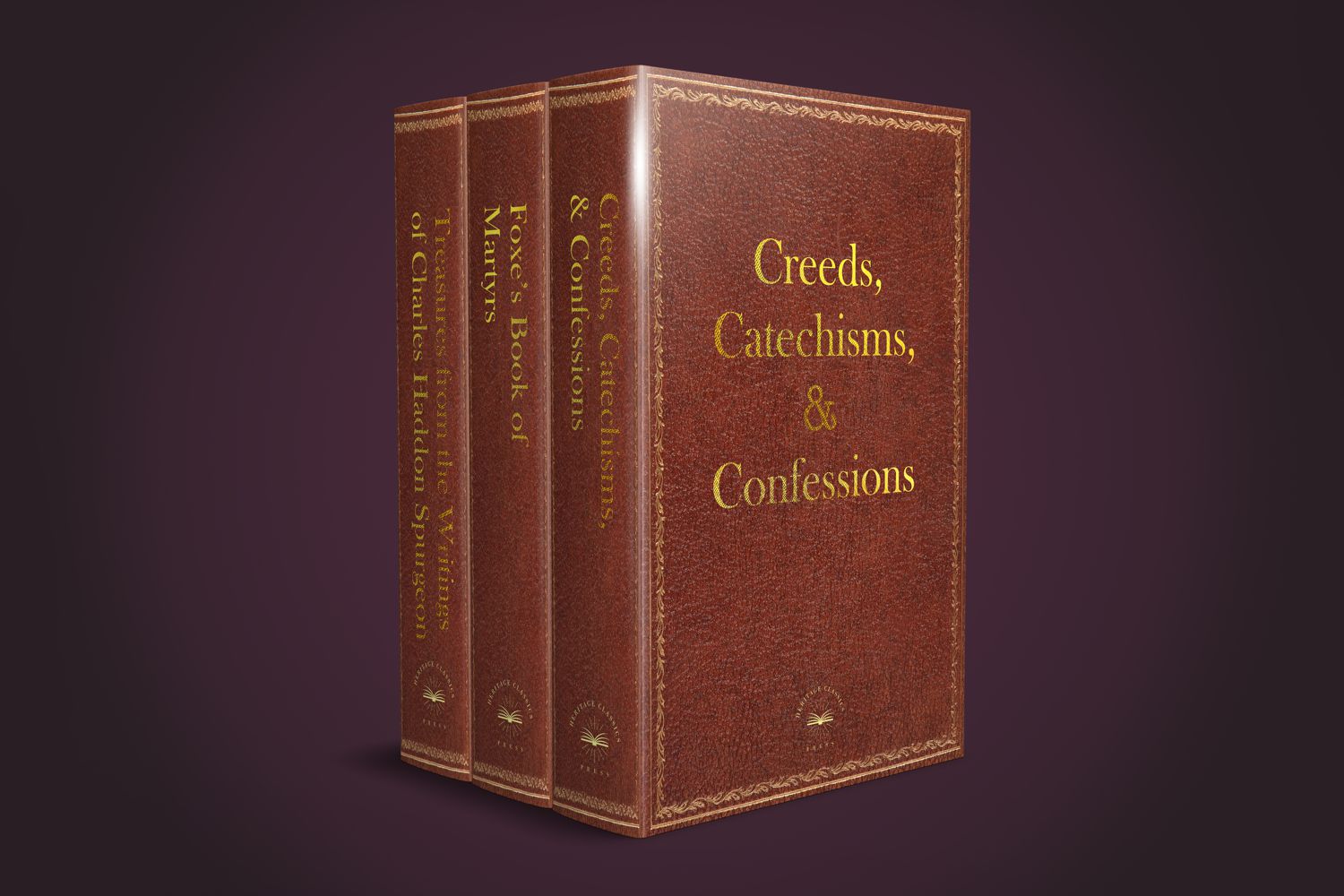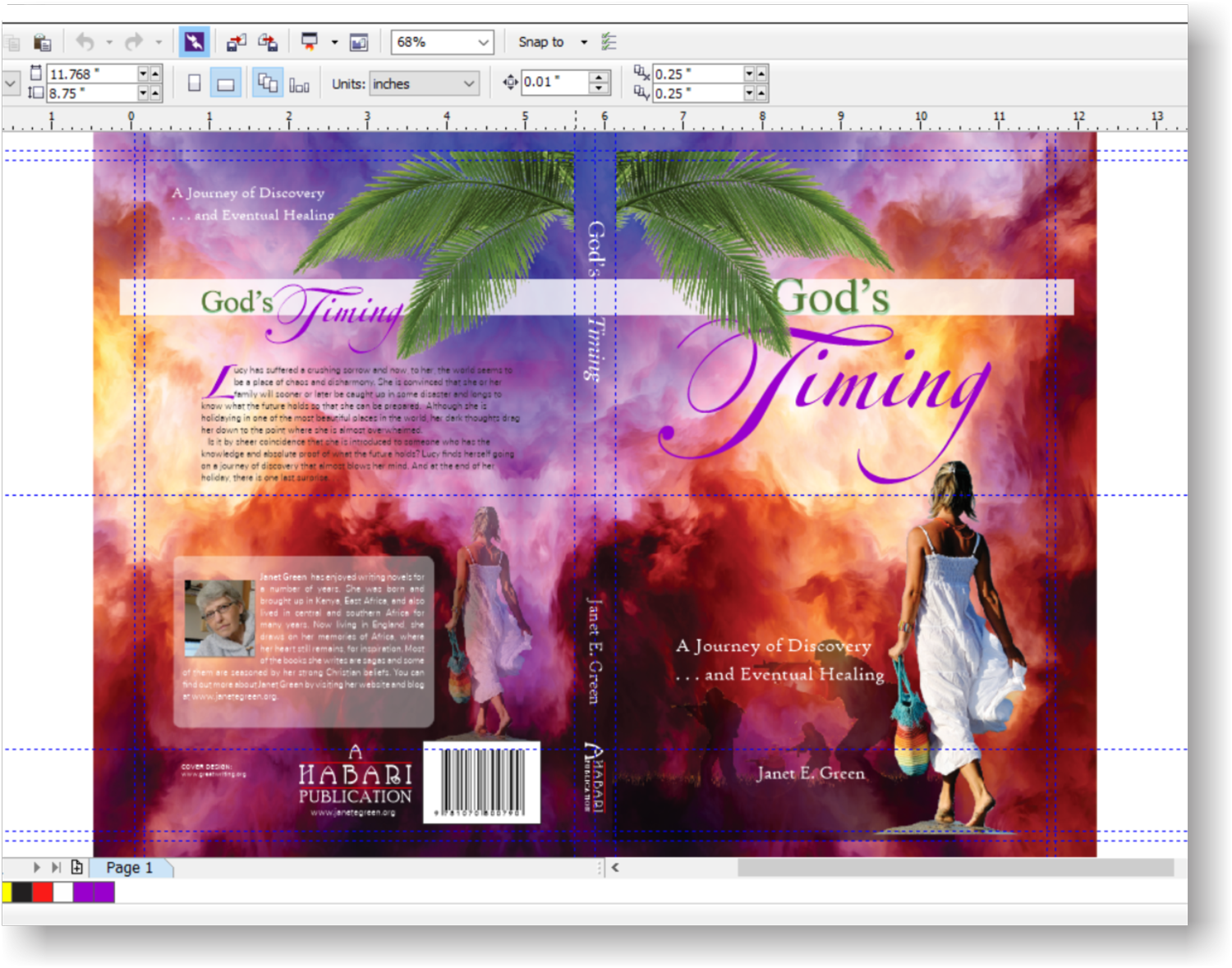Heritage Classics Press
“I’d like to introduce you to a longstanding friend,” announced my good friend and colleague, Carl Dobrowolski. “Meet David Dooley…”
As is so often the case these days, our introductions and networking take place on Zoom, Skype, Google Meet, or similar portals. On this occasion, David disappeared from the screen almost as soon as he had made his appearance, but his voice didn’t cut out, so the meeting between him, Carl, and me proceeded.
“I want for us to be able to reprint those great, classical books from the past, books that can be beautifully bound, a joy to hold and handle. I want for people to read the old books, and to enjoy possessing heirloom classics, books they can pass on to their kids and grandkids.” David’s tone was earnest, and the sense of enthusiasm between the three of us grew as we considered, under God, what we might be able to do.
A series of outcomes developed in rapid succession.
- The inception of a publishing company geared to this project
- The vision for a series of beautifully produced reprints
- The strategy to introduce such publications to people all over the world
- The participation of a reading audience to help establish the priority of which books to produce first
- The opportunity for people to buy in to the print run ahead of the actual production and release of the books
- The commitment to financially supporting a missionary partner from revenues that are generated
The mission statement of Heritage Classics Press states:
Heritage Classics Press delivers unique, elegant, durable, leather-bound, heirloom-quality books from the Church’s strong Christian heritage. Enjoy beautiful typographic designs and engaging historic illustrations. An audio version accompanies each book. Revenue from sales of our books supports Christian charities.
The promotional webpage invites readers to consider a range of books and also to take a one-question survey.
Visit Heritage Classics Press HERE and follow HCP on Facebook HERE.
Books Initially Under Consideration for Publication
Bondage of the Will, Martin Luther
In one of the most important books of the Reformation, Luther carefully explains that man’s nature is fallen and incapacitated, thus fully reliant on the grace of God and His sovereignty to free him. Written in 1525, this books still speaks volumes today.
Select Writings of Charles H. Spurgeon
This treasure from the Prince of Preachers contains some of the most beloved writings and prayers of C.H. Spurgeon: According to His Promise. The Prayers of C.H. Spurgeon, The Letters of C.H. Spurgeon, Words of Cheer for Daily Life, and Words of Wisdom for Daily Life.
Creeds, Confessions and Catechisms (of the Protestant Church)
Starting with the ecumenical creeds, this title incorporates the key confessions and catechisms from the Reformation onward: Augsburg Confession, Westminster Confession, Geneva Confession, Helvetic Confession, Canons of Dordt, Belgic Confession, Heidelberg Catechism, Westminster Confession and (Larger and Shorter) Catechism, Savoy Declaration, The 39 Articles, London Baptist Confession of Faith, Luther’s Catechism, Spurgeon’s Catechism.
Foxe’s Book of Martyrs, John Foxe
This classic text written in the seventeenth century chronicles the deaths of martyrs of that time and in centuries before. A challenging book that leaves a testimony behind of dear saints sacrificing their lives for the Savior.
Pilgrim’s Progress, John Bunyan
An allegory penned by John Bunyan, a Reformed Baptist preacher imprisoned for his faith, has entranced and encouraged the lives of millions of believers since its release in the 1600s. It is the most published book in history–apart from the Bible.
And while you are here, why don’t you take the survey? It won’t even take one minute!








 My late father (pictured here) loved working with wood. In fact, he was the son of a saw miller. And while I am far from being a carpenter (I love the idea that Jesus was one), I think my father and his father both sent some of their woodworking genes my way…
My late father (pictured here) loved working with wood. In fact, he was the son of a saw miller. And while I am far from being a carpenter (I love the idea that Jesus was one), I think my father and his father both sent some of their woodworking genes my way…

Recent Comments